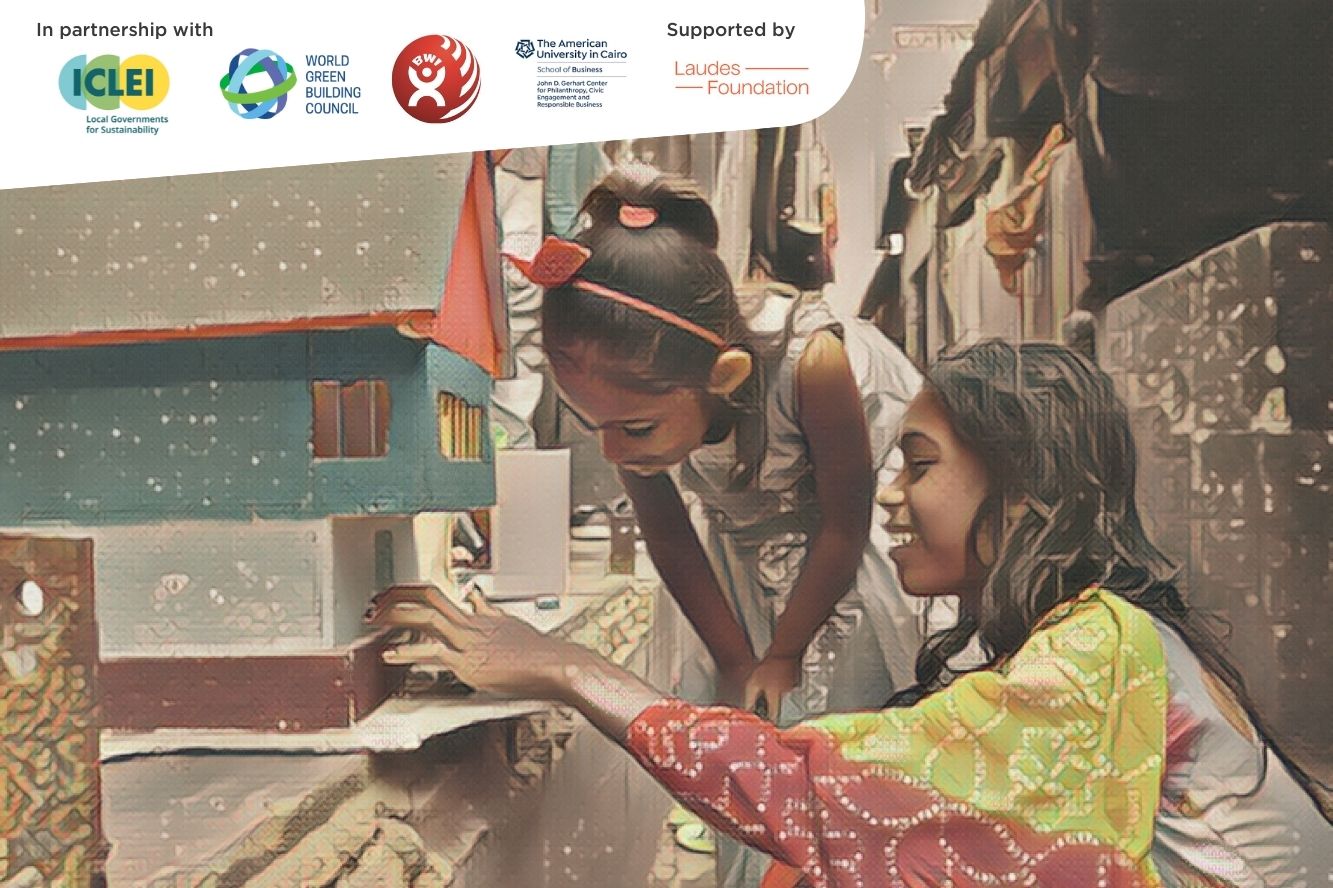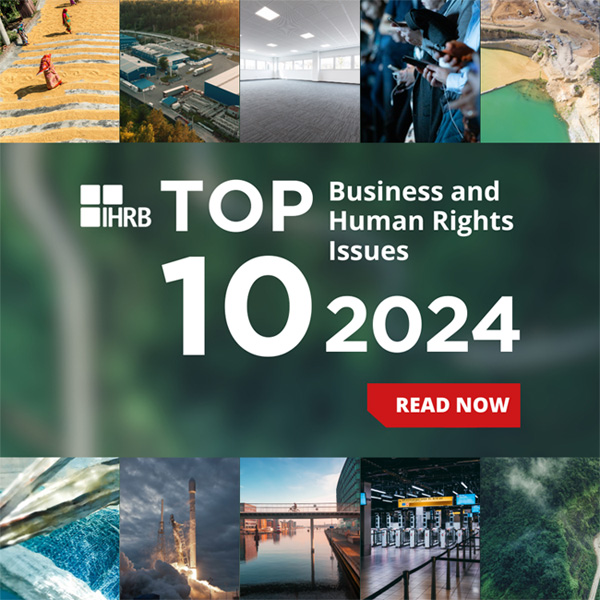07 July 2022 Online
What does a just transition in the built environment – the places we live – look like?
Join us on 7 July from 11.30am to 1pm CEST, for an interactive workshop ahead of COP27 bringing the right to housing, labour rights, participation and spatial justice upfront in climate action for buildings and infrastructure.
The workshop will include an opening section with brief framing remarks from diverse perspectives, an interactive section in groups, and next steps. Perspectives during the opening section will come from International Union of Tenants, Building and Woodworkers International, FEANTSA, ICLEI, World Green Building Council, Spaces for Change, African Climate Foundation and the American University in Cairo.
Dominant economic practices in the built environment are leading us in a dangerous direction. They contribute to high carbon emissions, exploitative material supply chains, and deep inequality within and between urban areas. This workshop will be an opportunity to share provocations and solutions to transform the way we build.
The workshop will cover:
-
Shared visions: What will an equitable, climate resilient and low-carbon future look like in the built environment?
-
Obstacles: What are the obstacles in reaching this vision?
-
Actions: What steps can local communities, workers and their unions, city planners, investors and industry take to be part of the transformation?
-
Next steps: How to engage and collaborate on this agenda. Outcomes from the workshop will contribute towards a briefing note for COP27 negotiators. And IHRB will introduce its new global project with partners on just transitions in the built environment.
This event is part of IHRB's wider programme on the built environment in coalition with Raoul Wallenberg Institute of Human Rights and Humanitarian Law and The Rafto Foundation for Human Rights.
Context:
-
Urban areas face sea level rise, increased heat and extreme weather events
-
Buildings and construction contribute almost 40% of global energy-related CO2 emissions
-
Global material use is currently projected to more than double by 2060, with a third of this increase attributable to materials used in the building and construction sector
-
Real estate accounts for 60% of the World’s assets, and 7% of the World’s workforce is in construction.
Urgent efforts are needed to increase resilience and to reduce the climate footprint of buildings and infrastructure. This involves: re-using and adapting existing buildings wherever possible; increasing the energy-efficiency of buildings; switching to renewable energy supplies; and advancing circular construction practices.
These processes can strengthen resilience in many senses of the word. They can reduce energy costs and dependence on fragile supply chains, create new job opportunities, generate investment in new industries and improve housing conditions. However, there are also social risks, if governments and businesses do not keep the impacts on people at the forefront of decision-making. Shifting business models and how decisions are made creates an opportunity to address climate and inequity in the built environment at the same time.
Further reading:
-
Report: Dignity by Design: Human Rights and the Built Environment Lifecycle
-
Interview series: Community-led and participatory approaches to climate action in the built environment
-
Op-ed: IHRB and ICLEI: “Women and girls at the centre of transformation in the built environment”
-
Blueprint: The Framework for Dignity in the Built Environment, including roles and responsibilities of different actors in the built environment ecosystem, visions for positive outcomes, and guiding questions for the six stages of the lifecycle, grounded in international human rights standards: Land; Planning and Financing; Design; Construction; Management and use; Redevelopment and re-use.
-
Report: “Better Building(s): Human rights and the decarbonisation of buildings in Europe”, which hones in on the implications of building decarbonisation in six inter-connected areas: the right to housing; the right to health; workers’ rights; non-discrimination; meaningful participation; and the role of technology.



